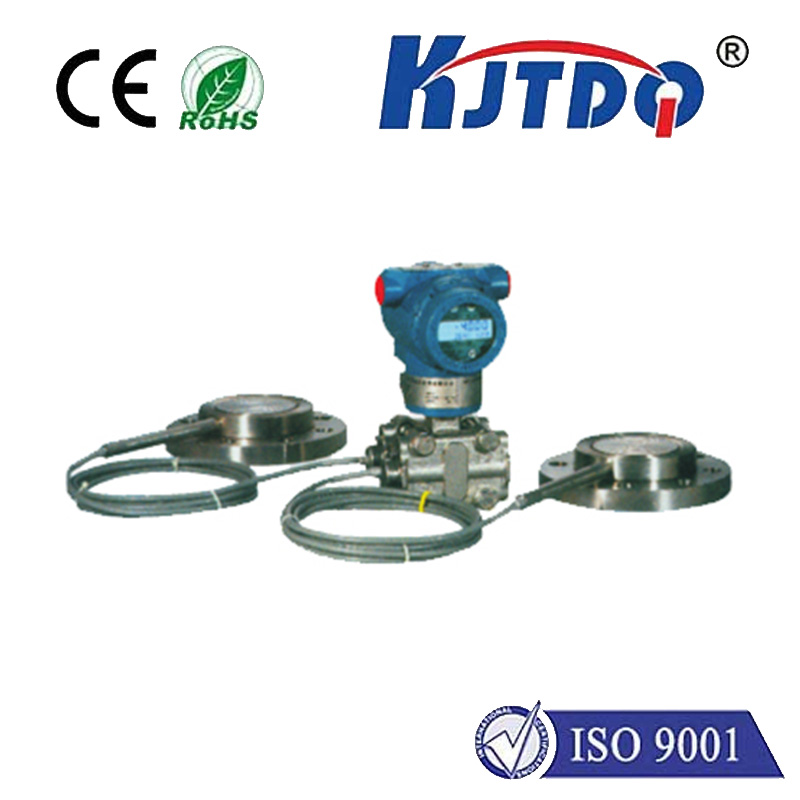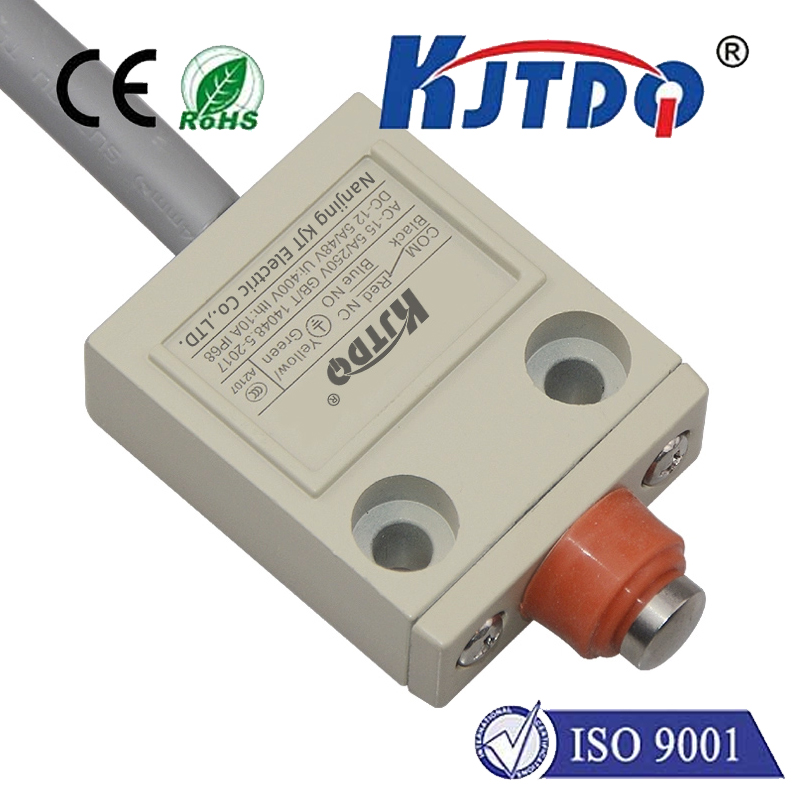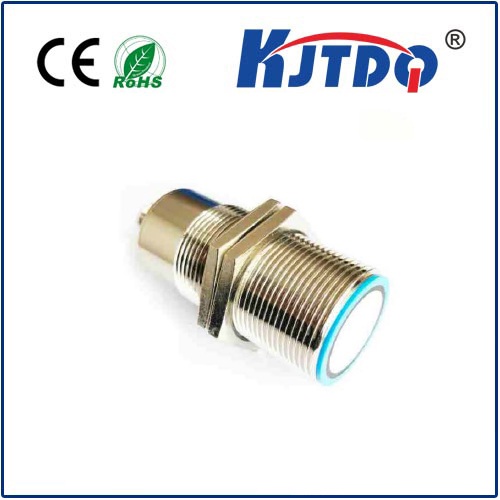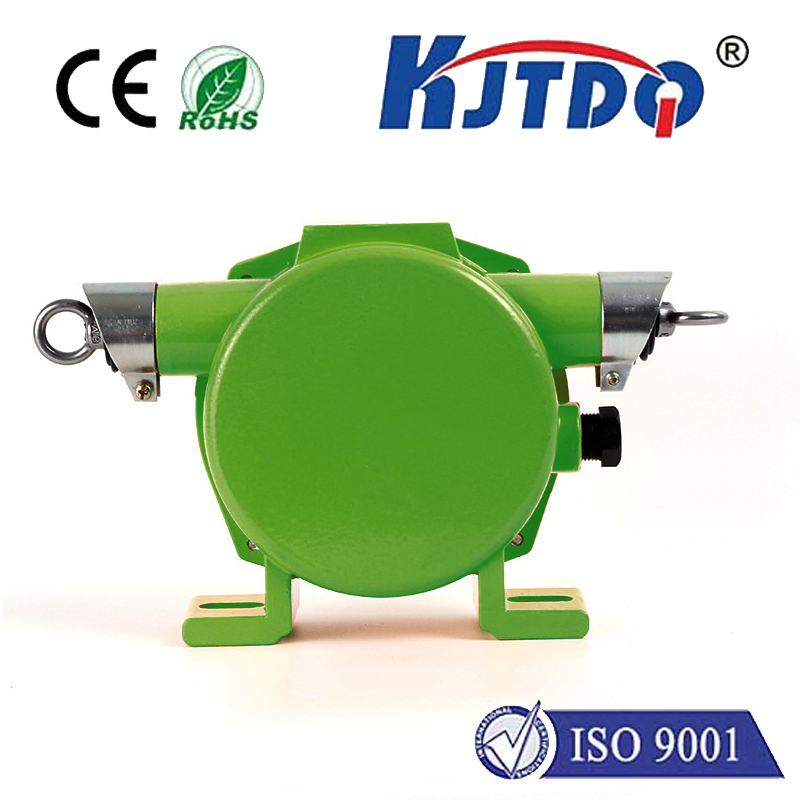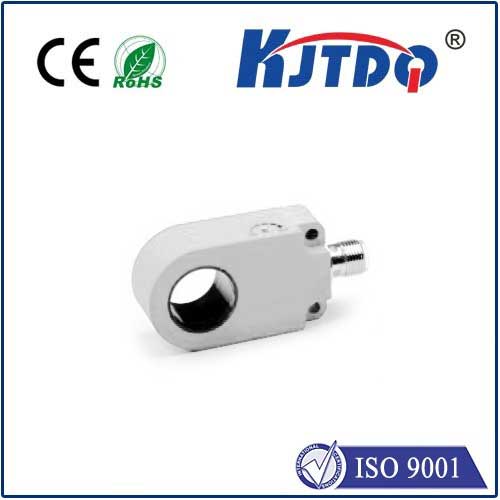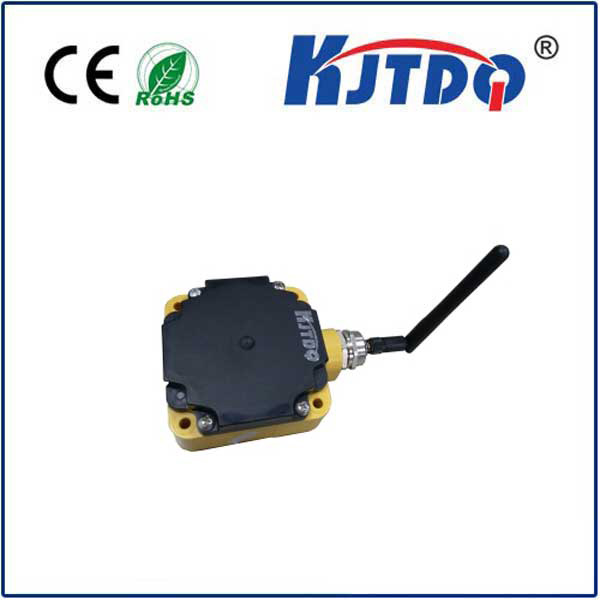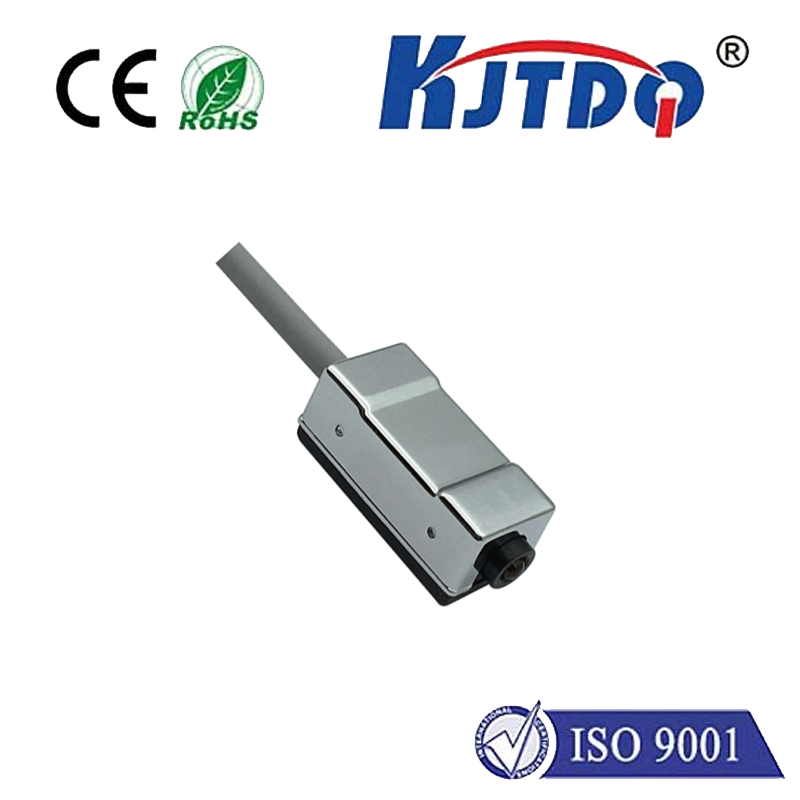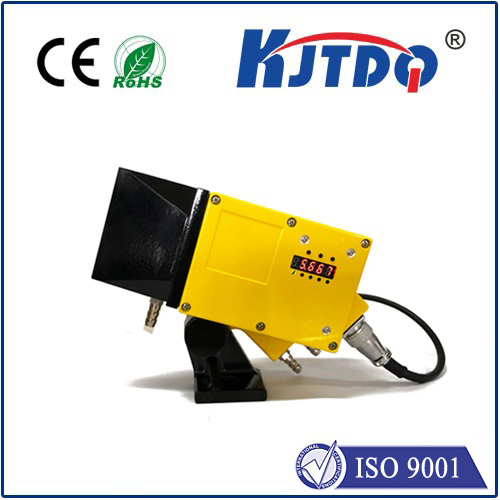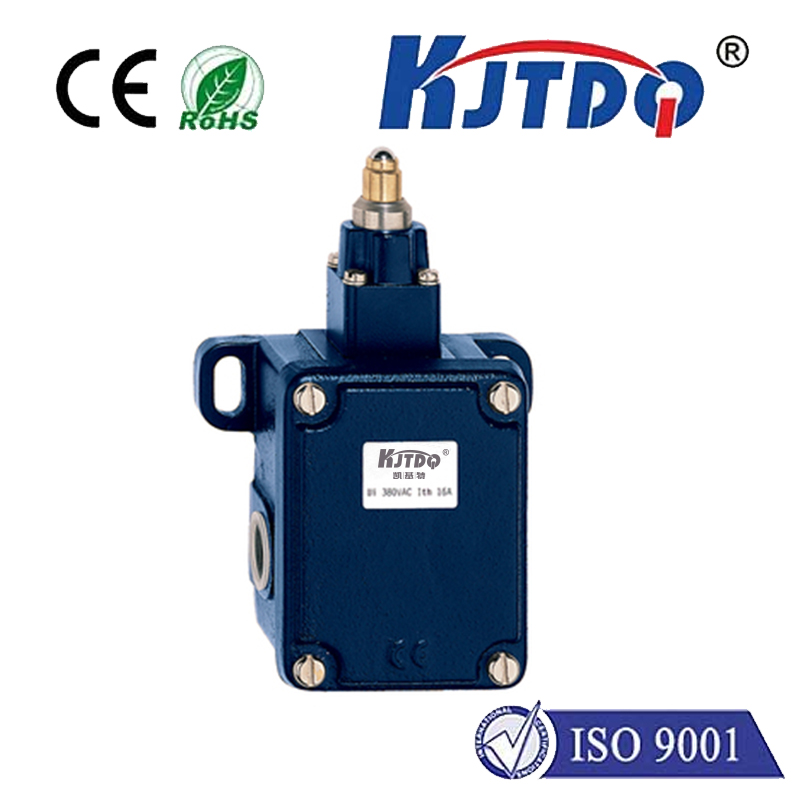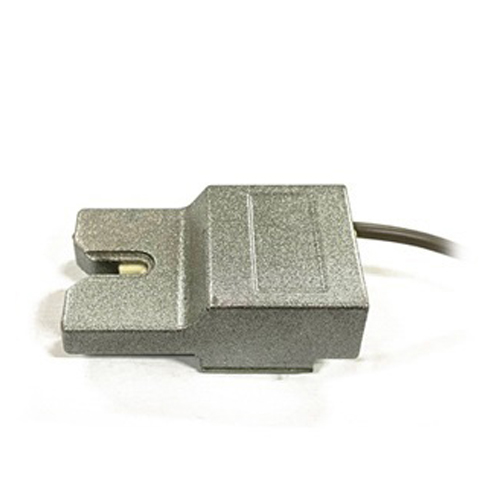

check

check

check

check

check

check

check

check

check

check

An analog laser sensor is a device that detects the presence of an object by using a laser beam. It works on the principle of triangulation, where the laser beam is bounced off the object and received back into the sensor. The sensor then processes this information to determine the distance between itself and the object. In this article, we will discuss how analog laser sensors work, their applications, advantages, and limitations. Understanding Analog Laser Sensors Analog laser sensors consist of three main components: a laser diode, a lens, and a position sensitive detector (PSD). The laser diode emits a narrow beam of light that is collimated by the lens. When the beam hits an object, it gets reflected back towards the sensor. The PSD detects the position of the reflected beam and converts it into an electrical signal. This signal is then processed by the sensor’s circuitry to determine the distance between the sensor and the object. Applications of Analog Laser Sensors Analog laser sensors have a wide range of applications in various industries due to their accuracy, speed, and non-contact nature. Some common applications include:
